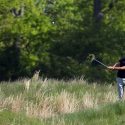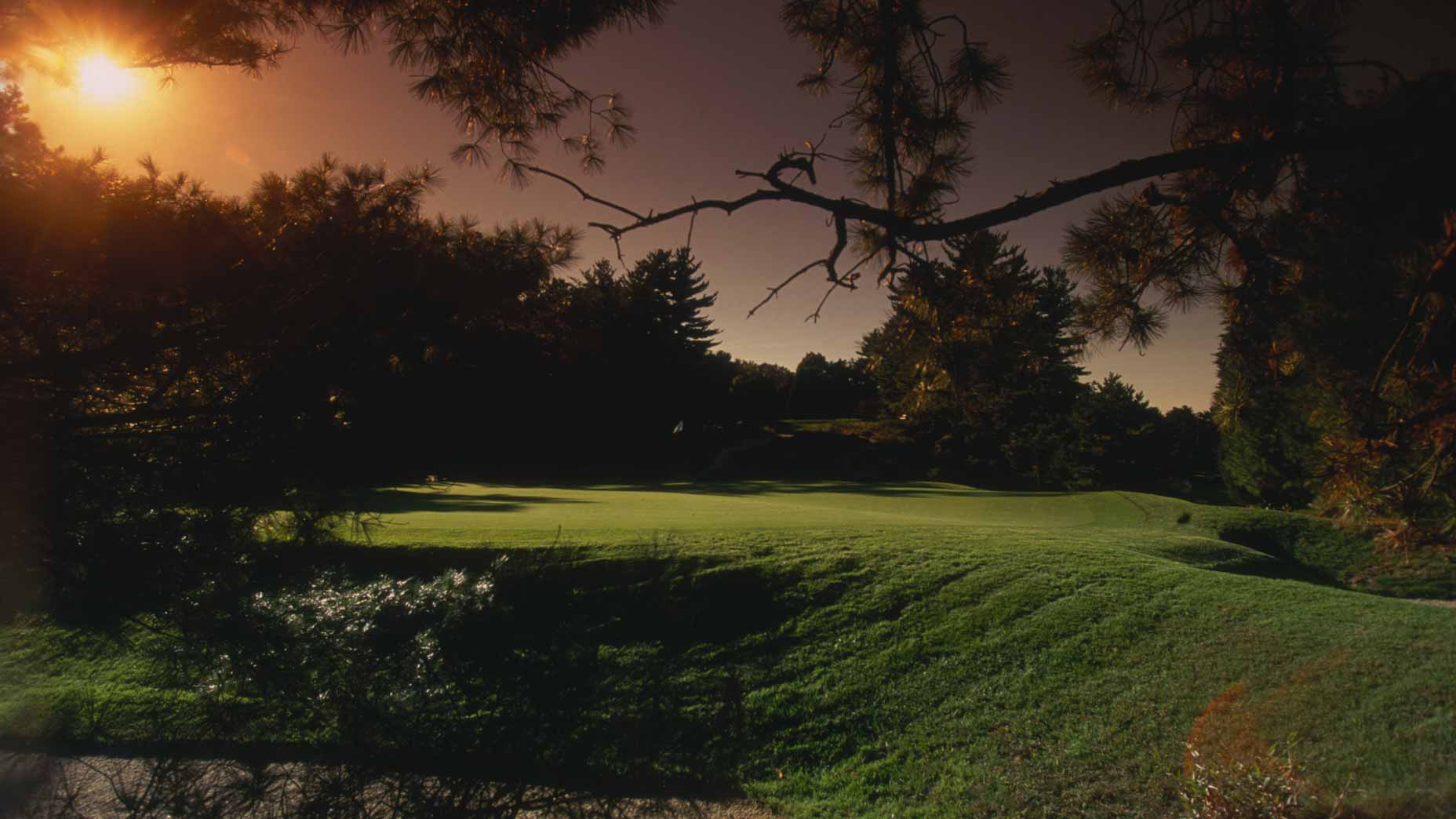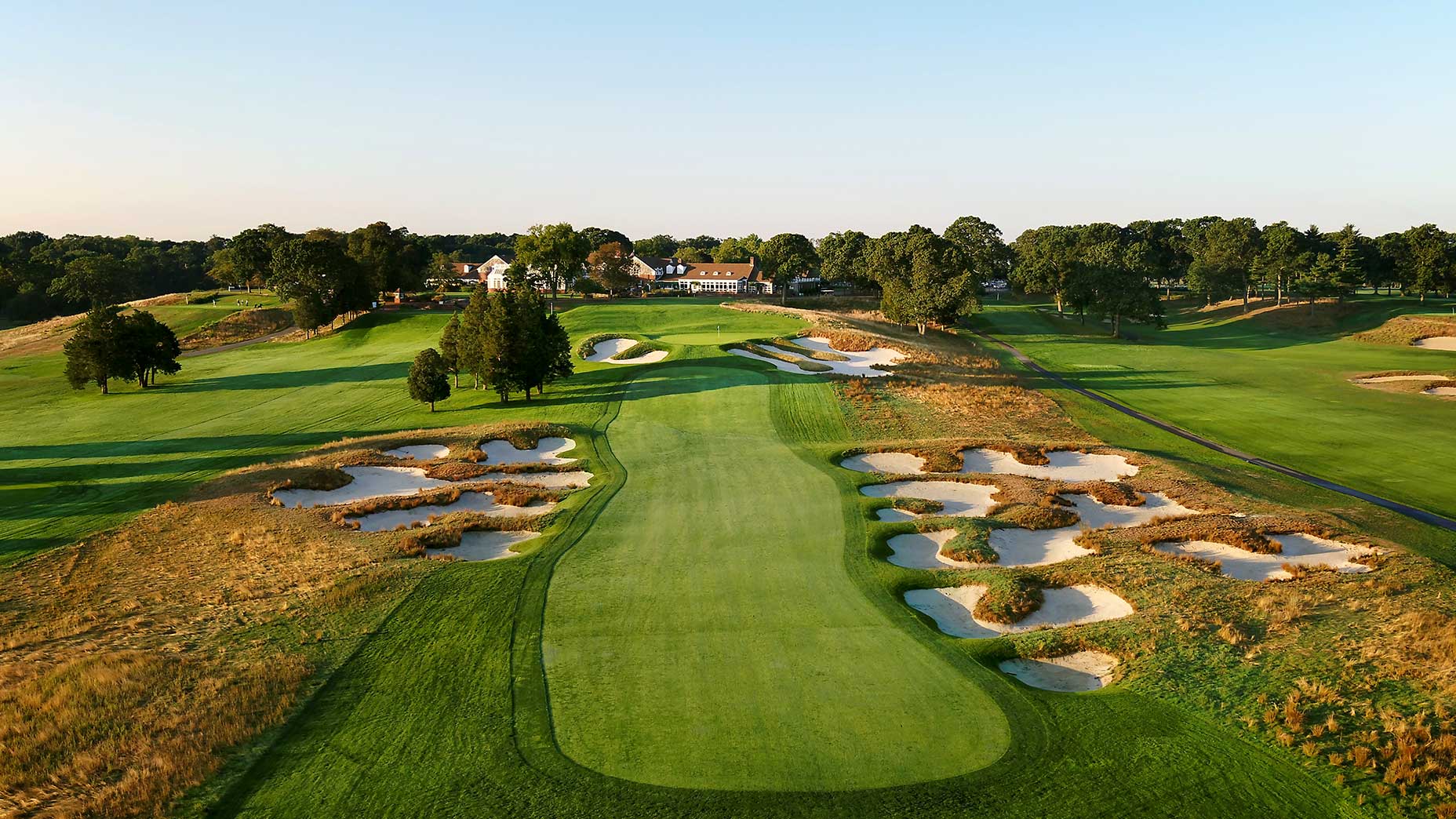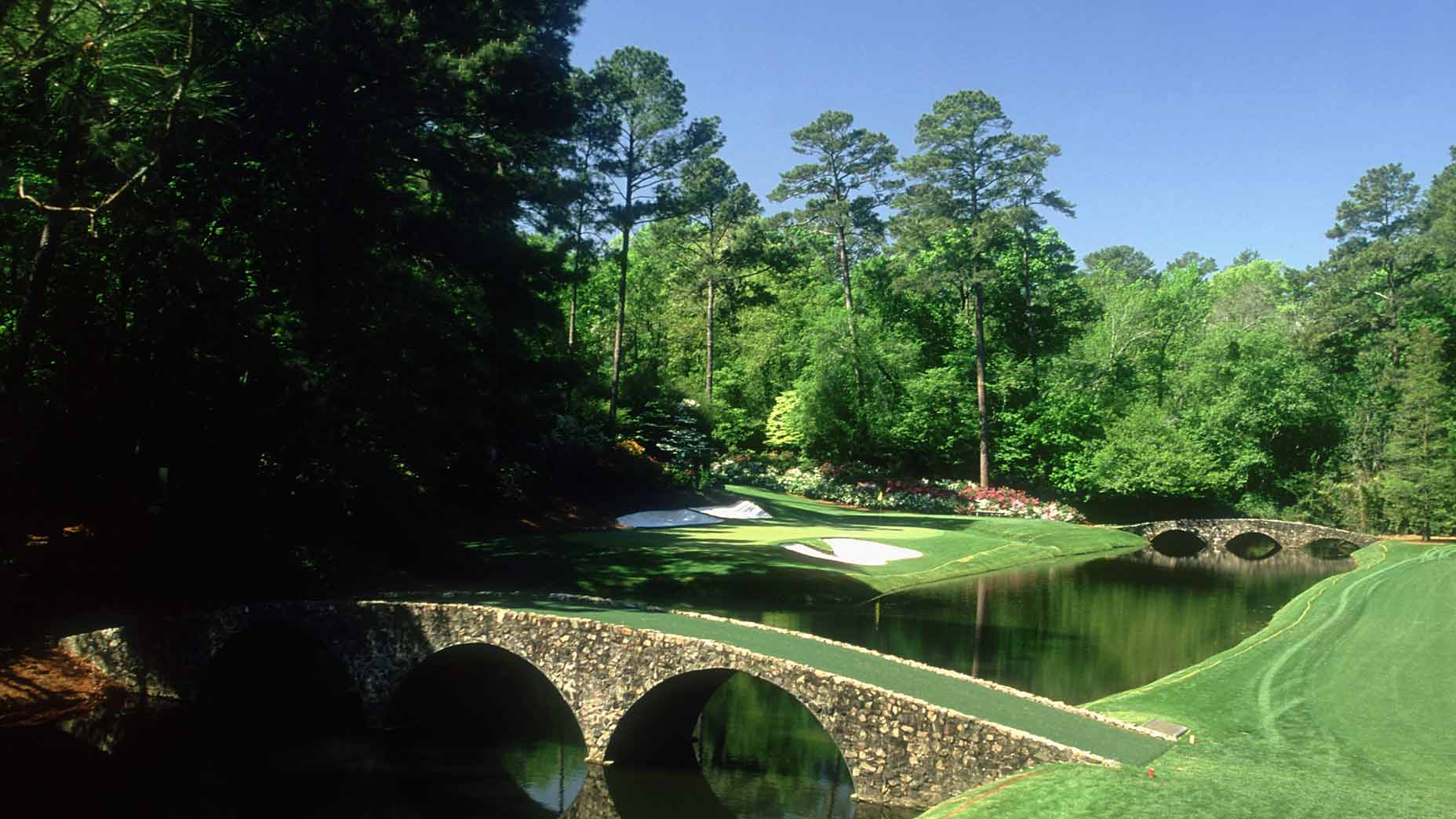 1 state’s shocking rise has shaken up our Top 100 Courses ranking
1 state’s shocking rise has shaken up our Top 100 Courses ranking
The PGA Championship site from 100 years ago is just miles from Bethpage
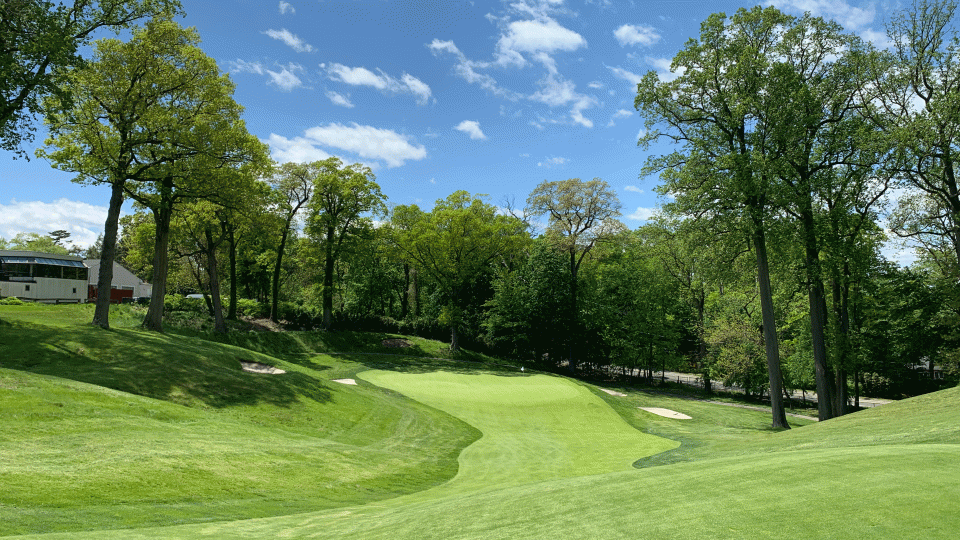
ROSLYN HARBOR, N.Y. — The East End of Long Island has such a deep bench of glittering courses — Shinny, National, Maidstone, Friar’s Head, Sebonack, et al. — that it’s easy to overlook another golf-rich part of the island, the area just west and north of Bethpage State Park. If you paid attention to the PGA Championship last week, you know all about the Tillinghast brute that is the Black Course (the Red Course ain’t bad, either). But head just a few miles down the Long Island Expressway, back toward Manhattan, and you’ll find another cluster of top-shelf designs, including the offerings at Meadow Brook Club, Glen Oaks, and Old Westbury. Just a few minutes north of that grouping are more delights, including Piping Rock, Nassau CC, and Creek Club.
Among the bounty is a former PGA Championship venue. Can you name it? We’ll wait. Give up? It’s the Herbert Strong design at Engineers Country Club, tucked away 15 miles west of Bethpage in the tiny village of Roslyn Harbor (pop. 1,051). You get a pass for not remembering the Engineers PGA. That’s because it happened 100 years ago, hot on the heels of World War I. The PGA was a 32-player match-play contest then, with the 6-foot-4 Englishman “Long” Jim Barnes emerging victorious. In the 36-hole final, Barnes blasted his close friend, Scotsman Freddy McLeod, 6 and 5. It was the 1919 version of Brooks v. DJ. “In the eyes of many he stands as the greatest professional golfer in the United States,” The New York Times wrote of Barnes.
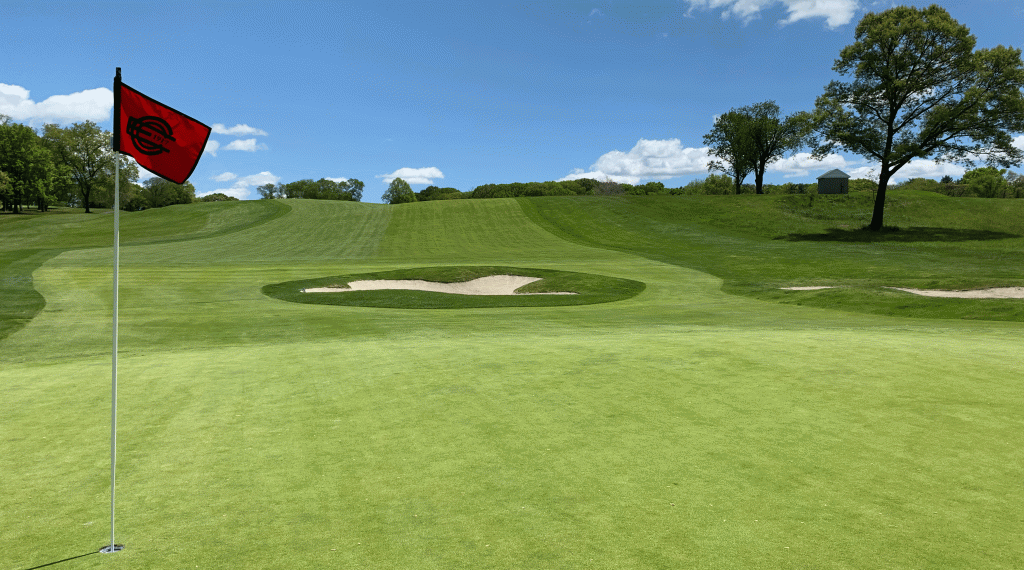
Curiously, the PGA of America did not highlight the centennial of the Engineers PGA in any meaningful way last week, even though Bethpage was just down the road, which left at least a couple of folks in the Engineers pro shop scratching their heads.
Around lunchtime Wednesday I visited the club. Andrew Svoboda, the resident teaching pro, showed me around on what was a glorious, sun-splashed afternoon. You might recognize Svoboda’s name — the former Westchester County kid and Winged Foot regular has won three times on the Web.com Tour and contended in a few PGA Tour events. (Among his three U.S. Open appearances was the 2009 edition at Bethpage, where he snuck in a practice round with T. Woods.) Last summer Svoboda went full Koepka on the Met Area club-pro circuit, sweeping the Long Island Open, the New York State Open (at Bethpage Black) and the Met Open, a feat never before achieved. Svoboda hasn’t given up on his tour-pro dreams but he needs a steadier paycheck, so for now he’s working the range at Engineers and is in the process of acquiring his Class A PGA membership.
ADVERTISEMENT
When it comes to course design, Svoboda’s a Golden Age guy, so when he spotted the job opening at Engineers, he jumped at it. His enthusiasm was contagious as we toured the property. “Check this green out,” Svoboda said, leaping out of his cart on the par-4 opener. The putting surface is bisected vertically by a wicked slope, creating two distinct plateaus and a medley of hole locations that would leave Phil Mickelson’s head spinning.
“It really makes an impression right out of the gate, kind of like No. 1 at Winged Foot West,” the pro continued. “Extremely difficult but fair. You got a back pin up here that’s unbelievable.” He was pointing all over the place. “Up there’s very cool, that one’s unbelievable. You could sit out here all day hitting different putts, because it’s, you know — it’s fun.”
Fun, testing, maddening, and all because of the infamously slippery, sloping greens, which have actually been tempered since their topsy-turvy heyday. A year after Engineers played host to the PGA Championship, it was the site of the U.S. Amateur, won by Chick Evans. In the lead-up to that event, a sportswriter took stock of the course and noted, “No young club in the history of golf, let it go back 400 years, has come in for as much discussion and comment as Engineers. The main nerve test will be on the greens. You will find strong men weeping as they finish a round.”
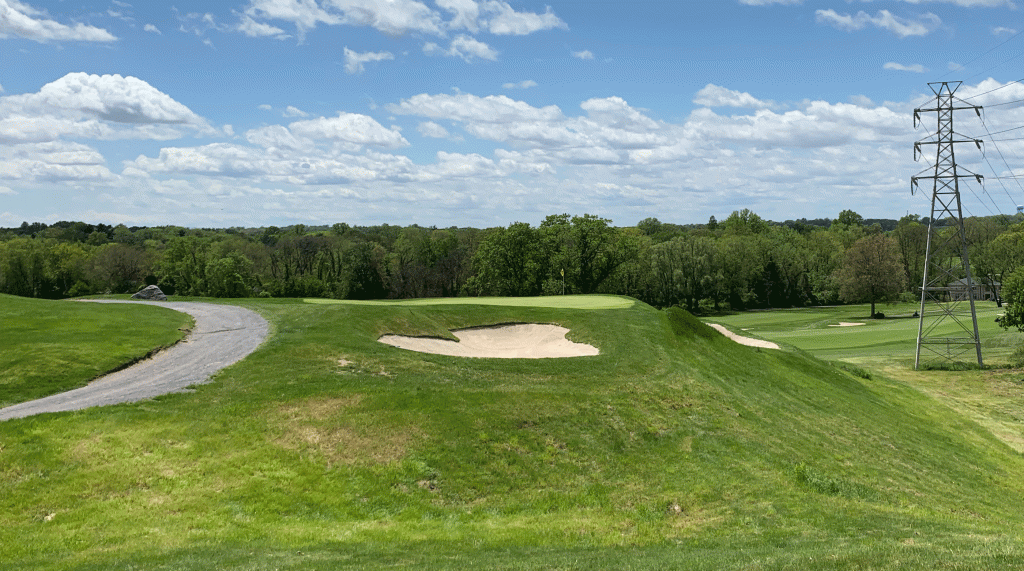
Some might not even make it that far before rifling through their bags for a Kleenex. The mighty-mite par-3 14th — about a buck 20 from the tips — sits on the highest point on the property and on clear days serves up Manhattan skyline views. A wedge or 9-iron should be plenty for most players but miss the postage-stamp green, especially on the right side, which hangs on a precipice, and suddenly bogey becomes a good score. They call 14 the “Two or Twenty Hole,” because during a team match here in 1920 both Gene Sarazen and Bobby Jones suffered the indignity of a double-digit score.
Engineers will never land another a PGA Championship, but it shouldn’t be buried in the sands of time, either. So as Brooks, DJ, Jordan and the boys say so long to a Long Island killer, we doff our cap to a Long Island classic.
To receive GOLF’s all-new newsletters, subscribe for free here.

ADVERTISEMENT



